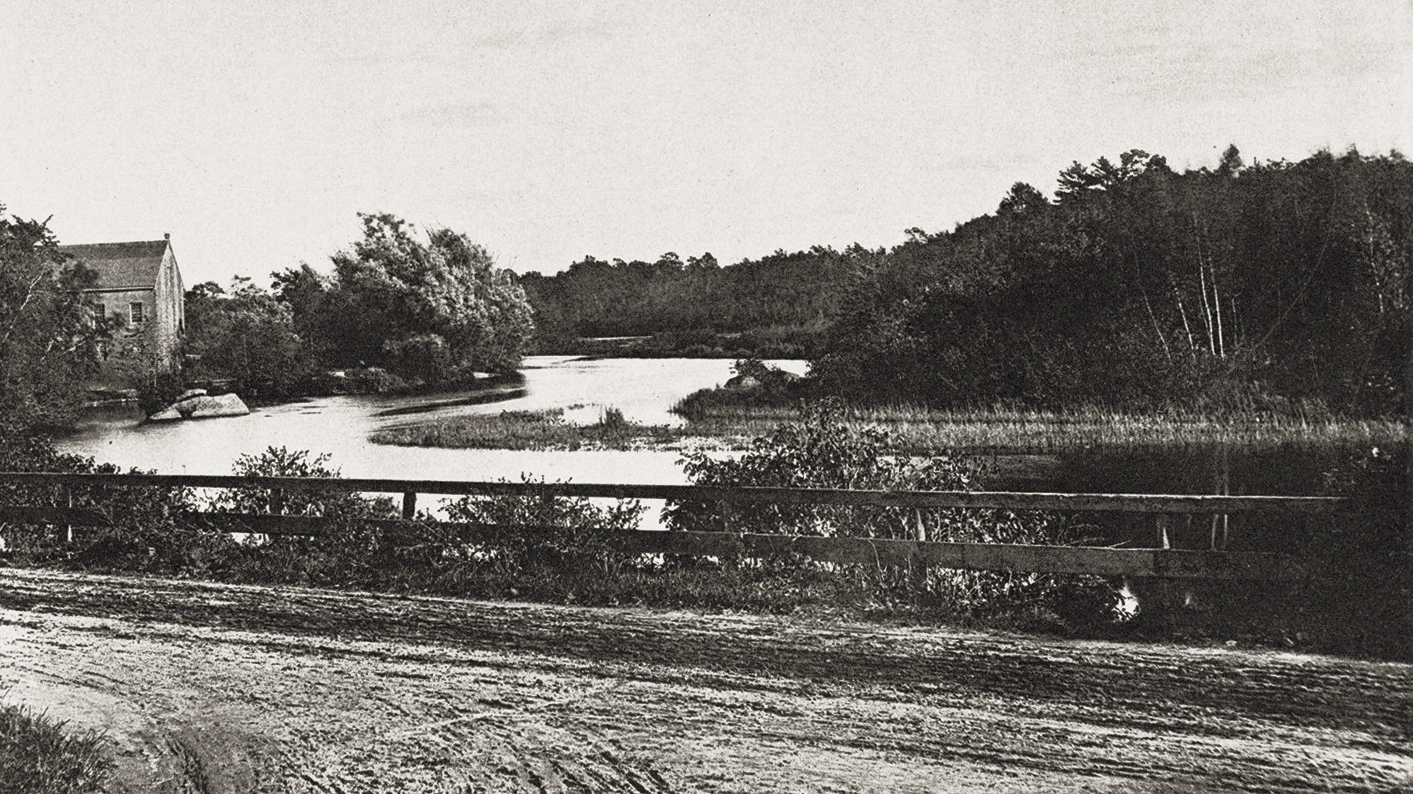
When Greater Boston faced a sewage crisis, the MIT biology department was there to help.
Saima May Sidik, SM ’21
February 21, 2023
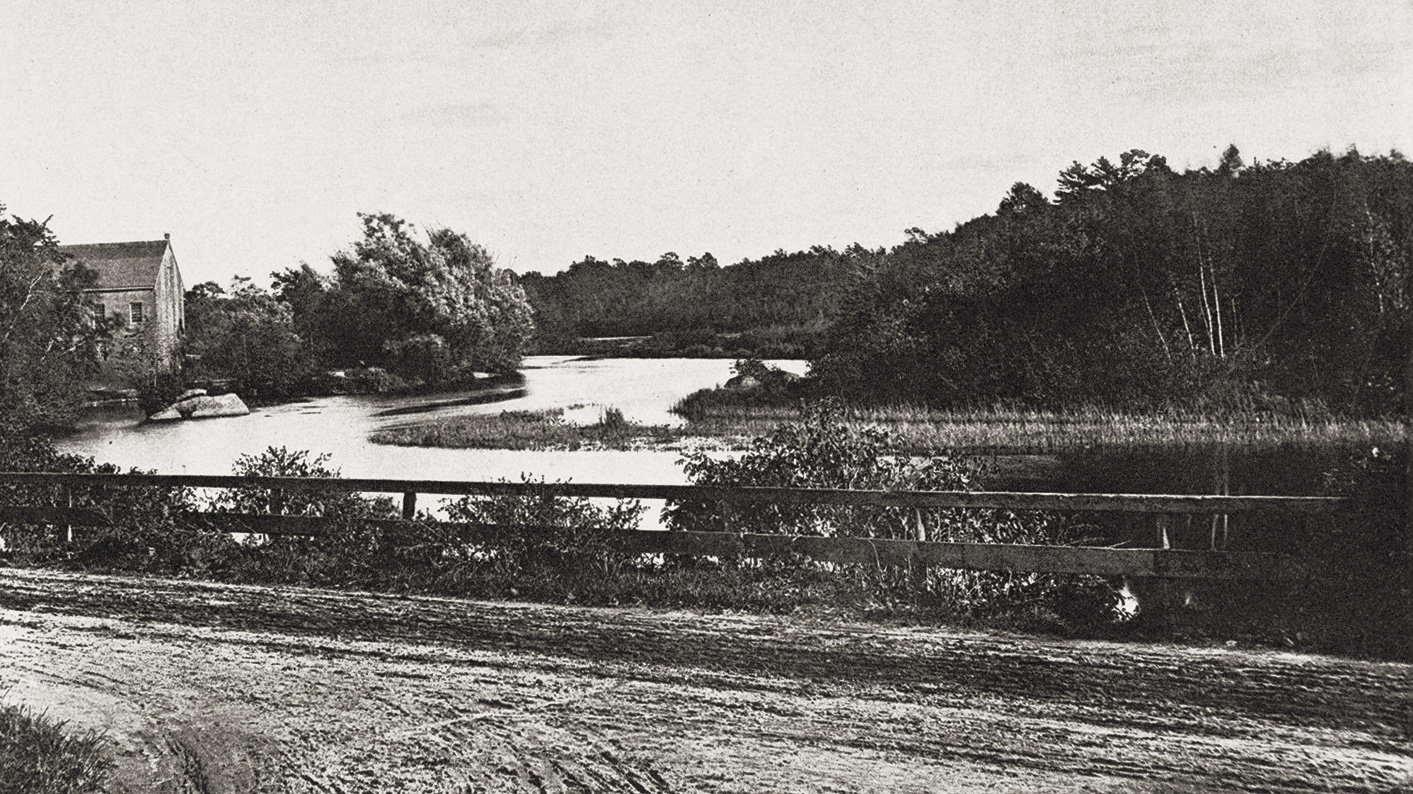
In the 1800s, Boston had a problem: it stank, and there was no question why. Modern sewage treatment had not yet been invented, so human waste ran through makeshift drainage systems into the surrounding rivers and bays. “Large territories have been at once, and frequently, enveloped in an atmosphere of stench so strong as to arouse the sleeping, terrify the weak, and nauseate and exasperate everybody,” an official from the City Board of Health wrote in an annual report in 1872.
Nausea and exasperation were the least of Bostonians’ worries: sewage spreads bacteria that cause diseases such as cholera and typhoid fever. In 1849, a major cholera outbreak killed more than 600 Boston residents, prompting city officials to take action. By the 20th century, Boston had a system for pumping waste away from the city and into the ocean.
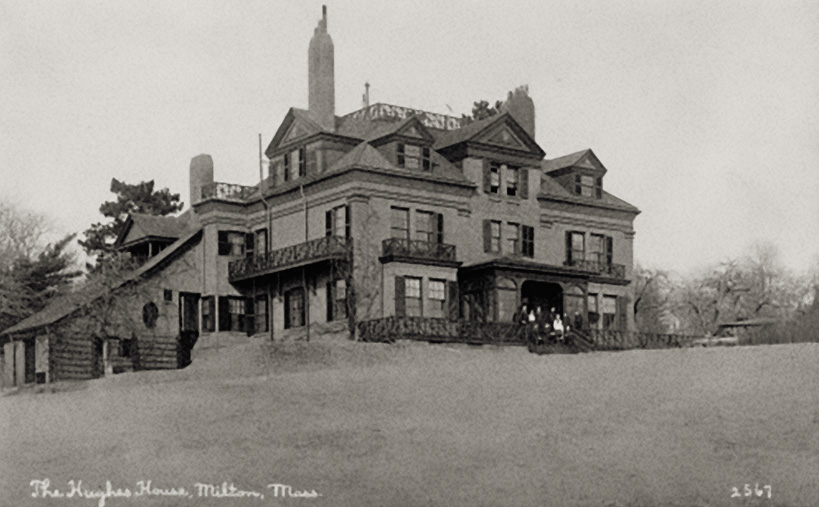
The system improved conditions downtown, but for people living along certain sewage-laden waterways, the problem was far from solved. One of these was Sarah Hughes, daughter of the merchant and railroad stockholder John Murray Forbes, who was known as “the richest man in New England.” In 1889, Forbes gave Hughes an elaborate wedding present: a mansion in Milton, near the Neponset River, that would become known as the Hughes House. There was just one problem: “Neponset River smells so horribly that you can’t sit near it,” Hughes wrote in a letter she sent to MIT president Henry Smith Pritchett in 1902.
Hughes had the means to do more than just complain. So for about 15 years, she anonymously donated thousands of dollars to MIT each year for research on treating human waste. By the 1920s, sewage purification systems—developed partly thanks to Hughes’s support—had reduced rates of typhoid fever significantly. In 1908, the disease struck at least 15 people per 100,000 in 35 US cities. Ten years later, only two or three cities were experiencing such dire problems. Techniques developed during this period underlie today’s methods for treating human waste.
Wryly suggesting that few Bostonians would believe in germs smaller than lobsters, Hughes pushed the researchers to describe their findings in plain language.
At the helm of MIT’s sewage treatment research was William Sedgwick, the founding head of the biology department, who had been working with the Massachusetts State Department of Health to improve water safety since 1888. At an experiment station in Lawrence, he and his colleagues built on European research to devise a method of removing pathogenic microbes by filtering sewage through sand. Harmless microbes that grew in the sand added to the filtering effect and prevented the harmful bacteria from passing through.
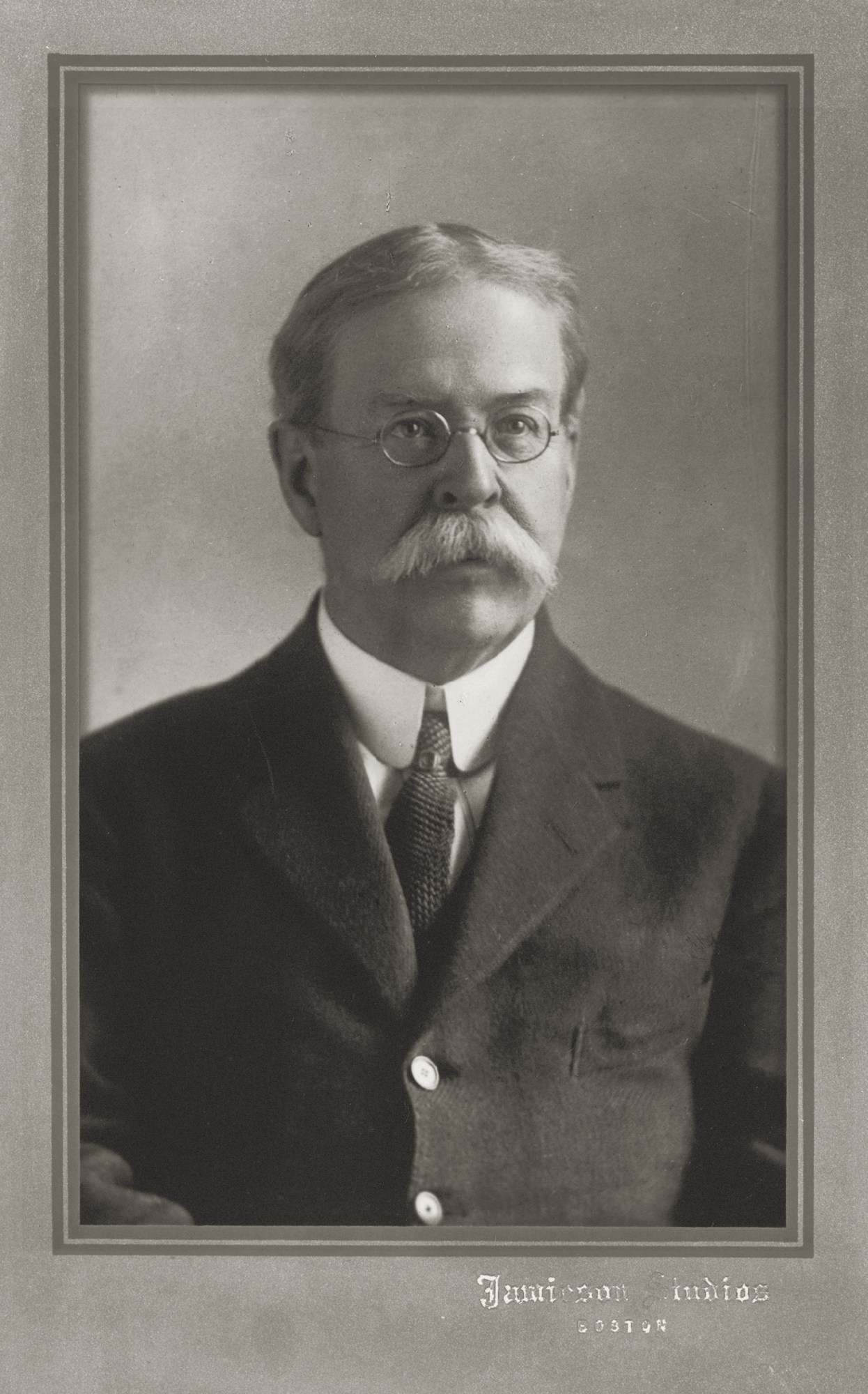
Filtering an entire city’s waste would require an unfeasibly large bed of sand, however. Using Hughes’s funding, Sedgwick and his colleagues—including MIT student Anne Rogers, Class of 1904, and recent graduates Charles-Edward Amory Winslow, Class of 1898, SM 1899, and Earle Phelps, Class of 1899—aimed to devise more scalable methods. The work took place on the corner of Albany Street and Massachusetts Avenue in Boston, where they built a station consisting of a series of holding tanks positioned above 25 test tanks and filters divided between two levels. The researchers pumped sewage from a sewer that ran below the street into the holding tanks. They could then control the rate at which sewage ran into the test tanks on the upper level. After being subjected to treatment there, sewage ran into the lower level of tanks, where it underwent one or more additional experimental treatments. In this way, the researchers could test how sewage fared under different combinations of sequential treatments.
After a few years they noted some general trends. Four-foot-deep beds were better than six-foot-deep ones, but the improvement wasn’t enough to offset the smaller capacity and diminished filtration rate. The material filling the beds was less critical—coke, brick, and broken stone all worked. The size of the pieces was important, however; half-inch stone filtered much more effectively than coarser material.
Sewage treatment was an international field of study in the early 1900s, and many of the experiments performed at MIT involved fine-tuning techniques that had been developed elsewhere. For example, other groups had discovered that sewage could be reduced to an odorless liquid if it was left to trickle through a bed of coarse rocks, but this liquid still contained pathogenic bacteria. At the MIT station on Albany Street, researchers tested whether chlorine could kill these bacteria and render the liquid harmless. The experiment was a success, and the researchers estimated that 85 cents’ worth of chlorine could sterilize a million gallons of sewage. Today, chlorine is still part of the strategy at many wastewater facilities, including Boston’s Deer Island plant.
Hughes insisted on remaining anonymous, but rumors circulated about who was funding the station. In 1903, the philanthropist George Foster Peabody offered to pay for printing and distribution of 100,000 copies of an article about it, leading many to speculate that he was the donor. Behind the scenes, meanwhile, Hughes offered advice to the researchers through letters she wrote to Pritchett. Coauthor of the textbook Lessons on Practical Subjects, she believed strongly in the importance of educating the populace on essential topics and pushed the researchers to release pamphlets explaining their findings in plain language so that members of the state board of health, politicians, and the public could understand them. She had very little faith in the ability of the average Bostonian to comprehend the importance of sewage treatment otherwise. “Their slow and bewildered minds must be taught by the plainest language,” she wrote. “Unless a typhoid or diphtheria germ were the size of a lobster they would not believe in it.”
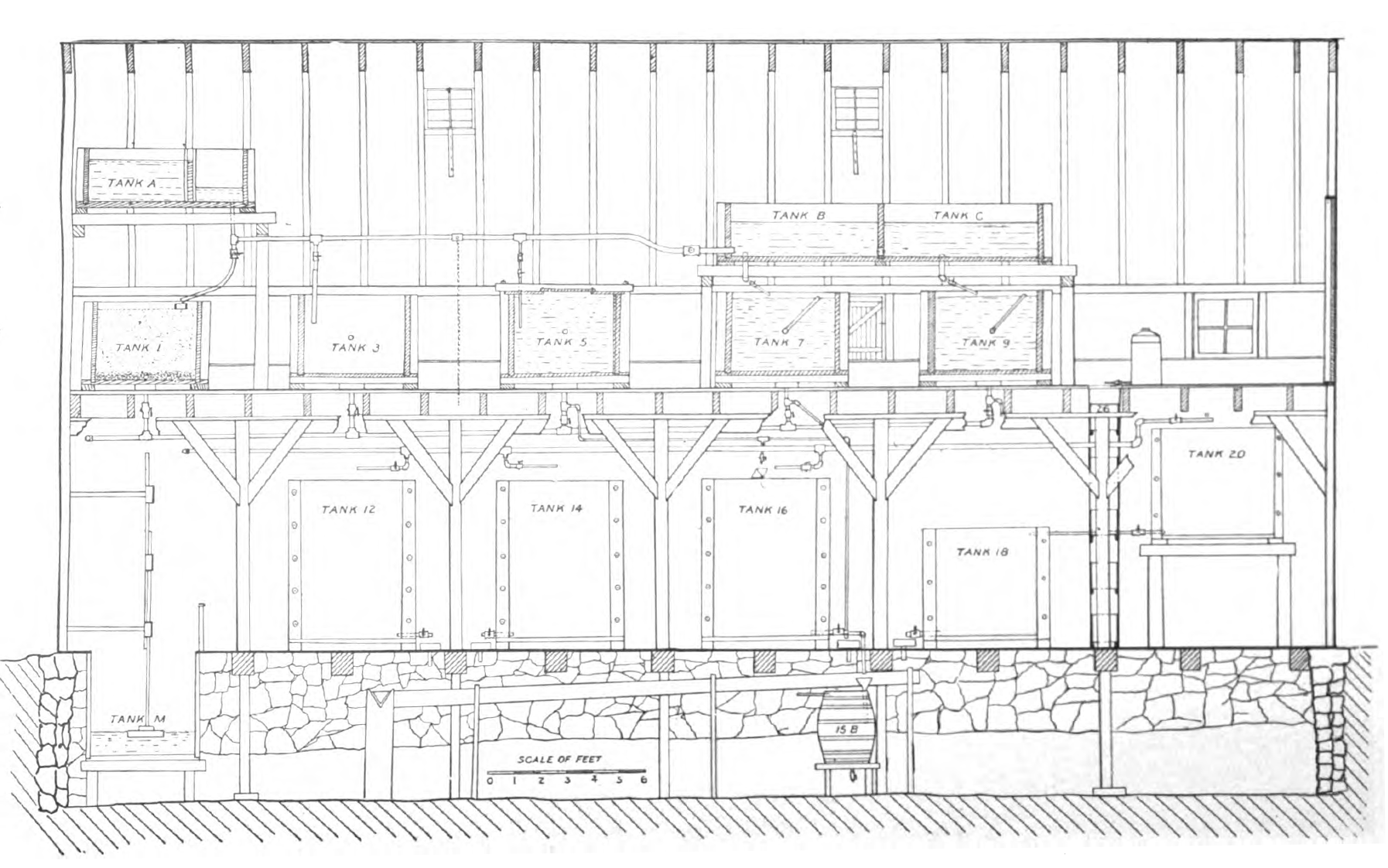
Hughes and Pritchett also discussed the business side of research and grappled with the slow, incremental process of scientific discovery. “We must admit quite frankly that they have not solved the problem which you had in mind, although I think they have made some important contributions toward it. Whether you care to have the work go on further is for you to say,” Pritchett wrote in 1905. Hughes was patient, and she kept sending money.
By 1909, the researchers had outgrown the Albany Street station, and Hughes donated money to erect a new one abutting the Calf Pasture Pumping Station in Dorchester, on what’s now the campus of the University of Massachusetts Boston. At this new location, the researchers could obtain sewage directly from an outflow—a more realistic scenario than using pumps to raise it from below the street. Here they began to move beyond studying how large cities could handle sewage, considering, for example, how rural communities lacking sewers could dispose of their waste. As effective sewage treatment systems became widespread, the MIT biology department shifted its focus toward other important research questions, like how to incorporate pasteurization into the burgeoning ice cream industry.
After Hughes’s death in January of 1917, Sedgwick wrote in a report to MIT’s president that many people would be surprised to learn that the donor was a woman. He went on to say, “We shall long cherish the memory of her alert, original, incisive, and powerful personality; of her determination to uphold whatsoever things are lovely and of good report; and her eagerness to put down all evil, to do away with filth, and to cleanse and purify the dirty places of this too often unclean world.”
